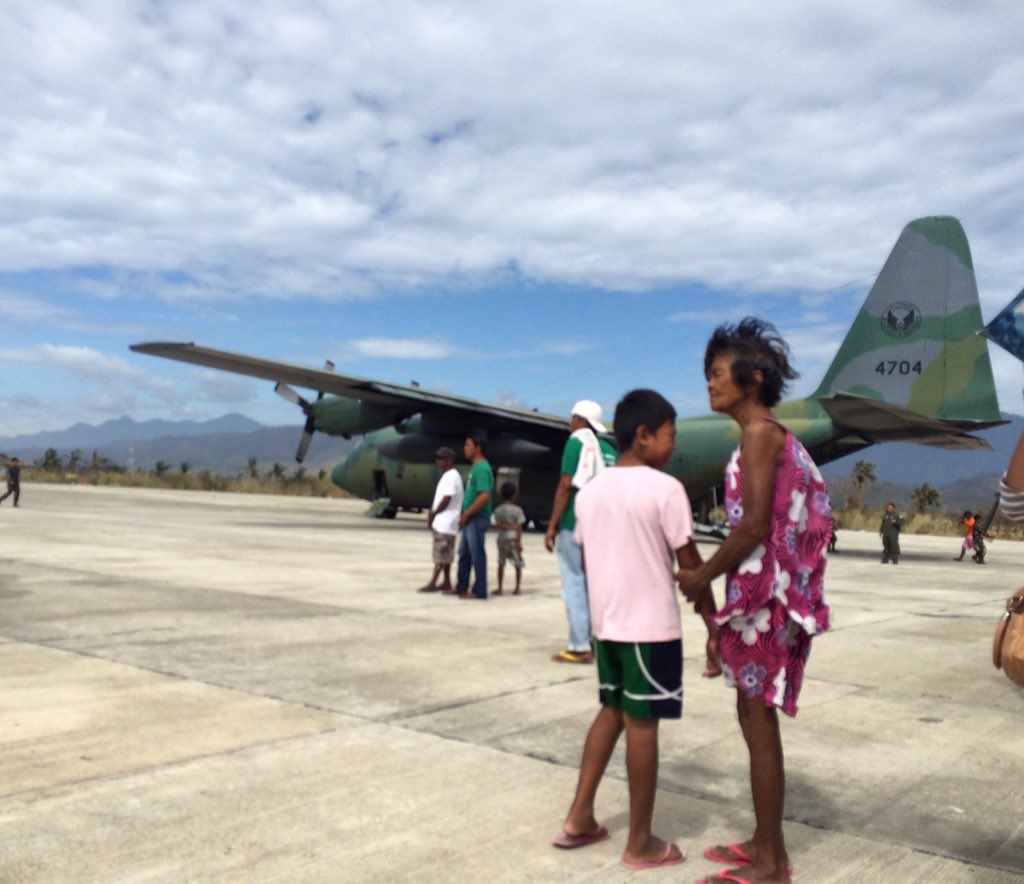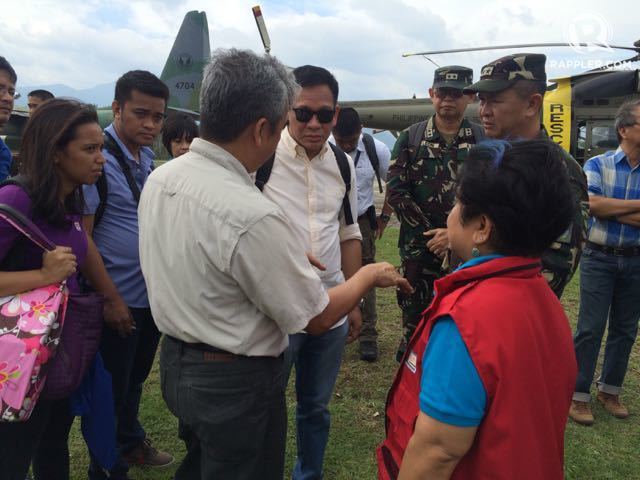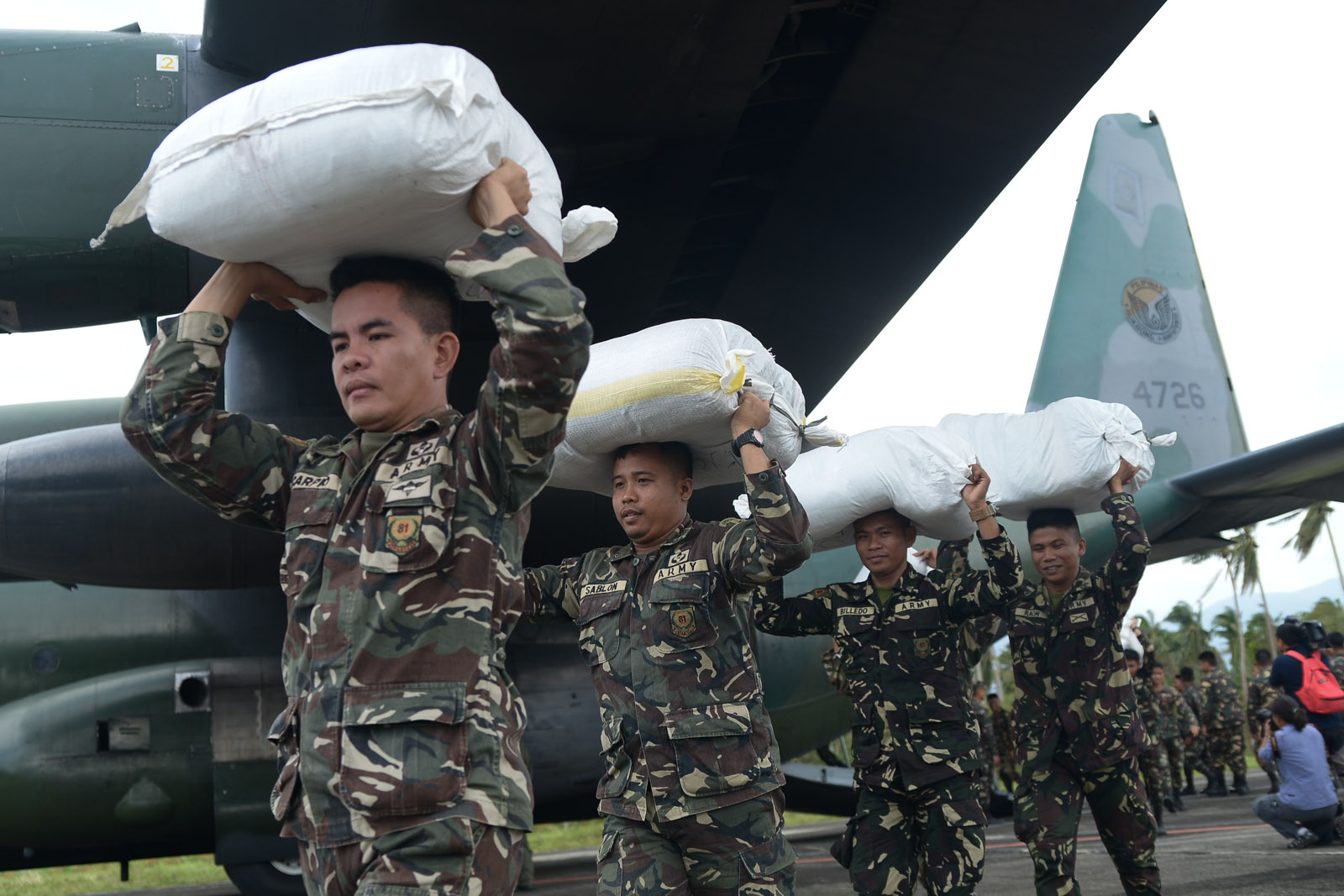By Lorenz S. Marasigan
THE halls of Colegio de San Juan de Letran were witnesses to how a terror professor once prophesied Jaime J. Bautista’s ascension to presidency of a company, adding fuel to his hope of being—at the very most—a firm’s vice president for finance.
Jimmy, as he is known in the airline industry, was not much of a career-driven person, when he was 25. His only goal back then is to settle with a family and enjoy what life has to offer. He never really imagined of leading a company, much more the flag carrier of the country.
The vision was only casted to him by his professor in Finance 101. He was then taking up accountancy at Letran, when a professor once mentioned to him that he can be a manager if Bautista passes his subject.
“He was a terror professor who once told me ‘You can be a manager in five years if you pass my subject. But when the grades came out, I got a 95 for his subject, which was above the average grade of 85,” he recalled. “Then he told me: ‘You exceeded my expectation, you can be a president of a company in the future.’”
The professor who said this to Bautista, however, did not live to see his prophecy come to fruition.
“His name is Nick Limjoco. I can never forget his name,” he said. “The highest position that an accountant like me can attain, according to my other professors, is to be a vice president for finance. It was fine by me back then.”
Today, Bautista sits as the president and COO of Philippine Airlines (PAL), the first commercial carrier in Asia. He just celebrated his first comeback anniversary as the aviation company’s chief honcho this month.
The 58-year-old executive was personally asked by no less than Lucio C. Tan to return to the flag carrier after the exit of San Miguel Corp. in the company. The diversified conglomerate divested its 49-percent shareholding in October 2014, leaving the presidential post open for Bautista to take.
Love at first sight
Before joining El Kapitan in his quest for success in business, Bautista joined Sycip Gorres Velayo & Co. (SGV), the largest multidisciplinary professional services company in the Philippines, as an accountant.
“I joined SGV & Co. when I was 20 years old, right after taking the board for certified public accountants. I got involved in auditing mining companies, logging companies, manufacturing service companies, among others,” he said.
Bautista, at that time, looked up to the renowned auditor Washington C. Sycip, who, he describes as a jack of all trades.
“When I was in my 20s, my idol was Washington Sycip, because I saw how he handled his profession. He is one of the best accountants there is, and I told myself I want to be like him someday. Mr. Sycip is a jack of all trades, which I think, is an important qualification of a leader of a good company,” he said.
At Sycip’s company, he met his wife, Joji, who—as cliché as it may sound—he immediately thought of to be his future wife.
“She was my classmate in training. I got attracted to her even before our training, when I saw her in a van. Then one time, we were in the stockroom, as newbies, we need to line up to get our supply papers. I was ahead of her in the queue, so, I let her take the go first, so I would see on the paper what her name is,” Bautista recalled, chuckling.
Then he told himself: “She’s a fine woman. Maybe she’ll be my wife some day.”
Joji, a Cavitena, did become his wife, and they were married at the time when Bautista, who hailed from Nueva Ecija, was 25, two years before he left the accounting firm.
“We lost communication when I left SGV, and when I joined the Lucio Tan Group, I saw her one time, and we greeted each other. I was able to get her telephone number, and I frequently called her. She became my girlfriend for two-and-a-half years, then we decided to get married. I was 25, and she was 24,” he said, with eyes gleaming, as if they were crystals.
They exchanged their vows on January 9, 1982, at the San Agustin Church in Intramuros.
“I still remember that whenever I visit her at their home in Cavite, her father will always clean his 45-caliber gun in front of me,” he said, laughing at the distant thought.
Bautista joined the tycoon when he turned 23, and eventually he became an assistant to the vice president of the corporate planning of the Lucio Tan Group of Cos.
“One of our managers in SGV is a batchmate of one of the officers in Lucio Tan Group, and that person was the vice president of the corporate planning division of the group. That was the time when Lucio Tan was expanding its business interest, from cigarettes to bank to brewery to agriculture to piggery to construction to hotel,” he recalled.
Close to the captain
Thanks to his dedication for the craft, and his outspoken, yet subtle manner of voicing out his thoughts, El Kapitan saw a potential in him, and eventually had him lead the diversification efforts of the company.
“So, I got involved in all these new ventures in the Lucio Tan Group, particularly in the acquisition of new companies, where I normally handle the finance role. After setting up the finance, I will leave the company and go back to the parent, and get involve again in new ventures,” Bautista said.
He then got involved in the flag carrier in 1992, after being the launchpad for so many projects, like the acquisition of spirits maker Tanduay, the expansion of Asia Brewery, the inauguration of a new farm in Teresa, Rizal.
“In 1992 Mr. Tan made a decision to invest in PAL. The year after, we went out in the open that we are the majority shareholder, and they asked me to head the accounting division to see if the records were properly accounted for, and that the financial reports were correct,” he said.
Two years later, he got promoted as the chief finance officer of the carrier. He then served as the company’s president for eight years from 2004.
“The secret to this might be my transparency in work, and my dedication and love for the company. My personal interests were far beyond my interest for the company. I think Mr. Tan trusted me because of that and gave me a good package,” he said.
The captain and his copilot are bonded with a brotherly kind of tie, although most of the time, their phone conversations were mainly about business.
“There was a time before when he used to call me every day. We got close through work, when he saw how I worked with the project of his company,” Bautista said. “I live by the principles of honesty, integrity and efficiency.”
Bautista is one of Tan’s most trusted allies, and it is reflective of the former’s reinstatement as the president of the legacy carrier.
“For you to be able to lead the big organization like PAL, you can’t just be an accountant. You also have to be a marketing person, a human-resource person, an operations person, a tourism person—basically, you have to be a jack of all trades,” he said.
Keeping the company afloat for eight years, Bautista now knows the ropes of the airline industry. He was instrumental in finally allowing the company to snap back from the red into the black last semester.
“All these learning that I gained over the years helped me in gaining Mr. Tan’s trust. He trusted me, and that’s one of the reasons I can’t say no to Mr. Tan when he asked me to be reinstated as president of PAL,” Bautista said.
Family first
Despite all these achievements, Bautista looked back and remember that his primary goal in life was not to be a good businessman, but be a good family man.
“I thought to myself that I wanted to be a successful, still my goal back then was to have a good family. Career was not my top priority, it only comes next to family,” he said. “If you ask me, family will always be family.”
Now, more than ever, he can enjoy the company of his family, especially since he now has more guns in his wallet to do anything that his “good package” of a salary can afford.
“Now that I have reached the top, now that I have nothing to race for, I could enjoy my family even more. It’s a different kind of enjoyment when you are with your family, and so I will always choose family over career,” he said. “What will you do with money from success if your family is a failure?”
He has two grandkids, gifts from God that came through his only daughter Jaymee.
“My grandson and granddaughter sometimes go to the office,” he said, adding that moments with these little ones, Joseph and Maria Elena, are precious ones that he will cherish forever.
The family-centric value is just one of Bautista’s wisdom that he wants to pass on to the millennials.
“To become successful you have to aim high. Don’t just be satisfied with mediocrity, because this hampers success. This generation should never settle for something that is ‘just fine,’ they should always aspire for the best, and they have to work hard to meet their dreams,” he said.
Bautista added that today’s generation should also consider that each one has his own story, that each one deserves respect, and none deserve it more than another.
“Be fair with everybody. It is not good that you are power tripping because you are at the top,” he said. “A leader must strive to strike a balance, which as an accountant is very important to me. A single ounce—or a centavo, for an accountant—of irregularity will always be a setback.”
This also applies to one’s personal life.
“You have to learn how to relax. It’s not okay to always think about work. I sometimes watch ‘AlDub,’ he said, referring to the segment of noontime show Eat Bulaga that features the split-screen romance of Alden Richards and Maine Mendoza, commonly known as Yaya Dub. “There should be a balance.”
Soon, after he officially retires from PAL, Bautista plans to travel the world with the love of his life.
“When I retire, I will travel. In fact, I have a bucket list of the trips that I want to go. I want to go to Antartica, Machu Pichu, Galapagos,[and see the] Aurora Borealis and many more,” he said.
He also wants to play golf with his wife in famous golf courses in the different parts of the globe.
“I’m really in love with my wife. Until now, we play golf together; we travel together; we take care of our grandchildren together,” he said. “The secrets to a successful family are for both of you to give and take, have the a wide understanding, for you to trust each other.”
Bautista has investments in different businesses, but his greatest investment is in his wife.
“You have to be generous to your spouse, not only in terms of material things, but be generous of your time,” he said. “If you’re financially stable, the more important requirement of marriage is for you to invest in time.”
 Advice to Passengers
Advice to Passengers Advice to Passengers
Advice to Passengers














